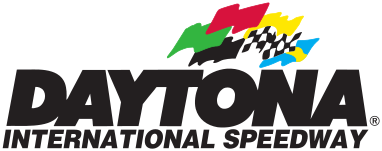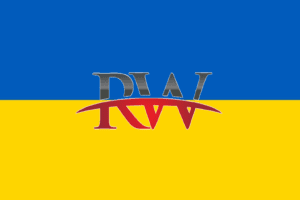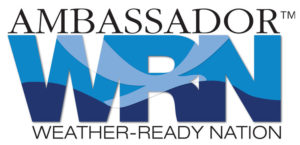Daytona International Speedway Weather - Daytona Beach, FL NASCAR Race Weather







Daytona Beach, US
11:33 pm, Jul 26
 79°F
79°FFeels like 79.14 °F broken clouds
Wind gusts: 0 m/s
UV Index: 0
Precipitation: 0 inch
Visibility: 10 km
Sunrise: 6:41 am
Sunset: 8:19 pm
85 %
1017 mb
0 m/s
Forecast Discussion & Updates
NEXT RACE IN 2024.
Meteorologists
IMSA Elizabeth Ohlemacher (@NHRA_weather), Aaron Studwell, Ph.D. (@RaceWeather), & Mark Sweeney (@IMSA_Wxman)
IndyCar @IndyCar_Wxman
NHRA Elizabeth Ohlemacher (@NHRA_weather)
NASCAR & Formula One Aaron Studwell, Ph.D. (@RaceWeather) & Elizabeth Ohlemacher (@NHRA_weather)
The history of Daytona International Speedway began in 1953 when Bill France Sr. realized the days of racing on the beach were numbered due to spreading land usage of a rapidly growing population and huge race crowds. France put his plans for the future of racing in Daytona Beach, Florida in motion on April 4, 1953 with a proposal to construct a permanent speedway facility. On August 16, 1954, France signed a contract with City of Daytona Beach and Volusia County officials to build what would become Daytona International Speedway, the “World Center of Racing.” In 1957, land clearing began for the Speedway. The famous 31-degree highbanks were included in the design of the track so higher speeds could be achieved and to make it easier for fans to see the cars race around the 2.5-mile tri-oval. The dirt for the banking was taken from the infield and resulted in a 29-acre space that is known as Lake Lloyd.
Racing moved from the beach-road course to Daytona International Speedway in 1959 and the first DAYTONA 500 took place on February 22 in front of a crowd of over 41,000. Car entries included both hard tops and convertibles (it was the only DAYTONA 500 that included convertibles). The finish of the inaugural DAYTONA 500 was too close to call. Johnny Beauchamp went to Victory Lane, but 61 hours later Lee Petty was declared the official winner after a clip of newsreel footage showed that Petty nipped Beauchamp at the line by approximately two feet.
In 1961, the DAYTONA 200 motorcycle race was moved from the beach to the Speedway. The following year, DIS hosted the inaugural running of what is now known as the Rolex 24 At DAYTONA, North America’s most prestigious sports car race. The race was initially a three-hour race and became the 24-hour race we know it as today in 1966.
On July 5, 2013, ground broke on the $400 million DAYTONA Rising frontstretch renovation project that would transform the historic speedway into a state-of-the-art motorsports facility. The Speedway now has approximately 101,500 permanent, wider and more comfortable seats, 40 escalators, 17 elevators, twice as many restrooms, three times as many concession stands and three concourse levels that span the nearly mile-long frontstretch. In addition, the Speedway features over 60 luxury suites with trackside views and a completely revamped hospitality experience for corporate guests. The projected was completed in January 2016 and was awarded the SportsBusiness Journal’s prestigious Sports Business Award for Sports Facility of the Year.
The approximately 500-acre motorsports complex boasts the most diverse schedule of racing on the globe. In addition to at least nine major event weekends, the Speedway grounds are also used extensively for events that include concerts, civic and social gatherings, car shows, photo shoots, production vehicle testing and police motorcycle training. In addition, Daytona International Speedway showcases daily track tours and is home to the champion DAYTONA 500 car and the Motorsports Hall of Fame of America.
To learn about sponsorship opportunities in IMSA Race at Daytona International Speedway,
visit EC Sports Management.
Click here to contact their sales team.

